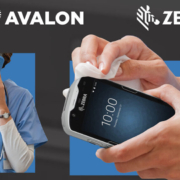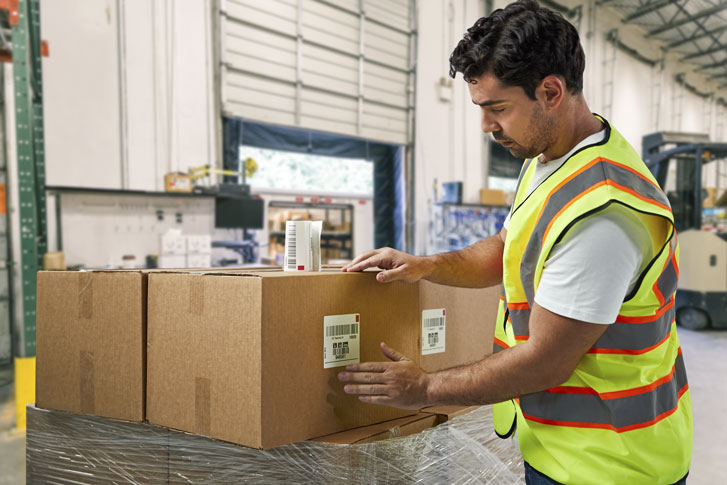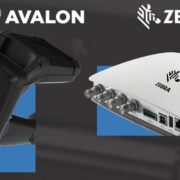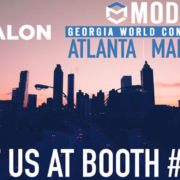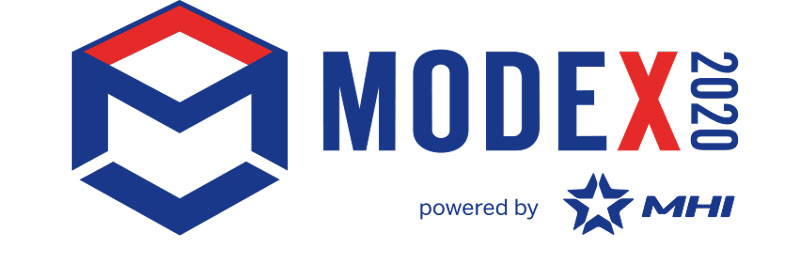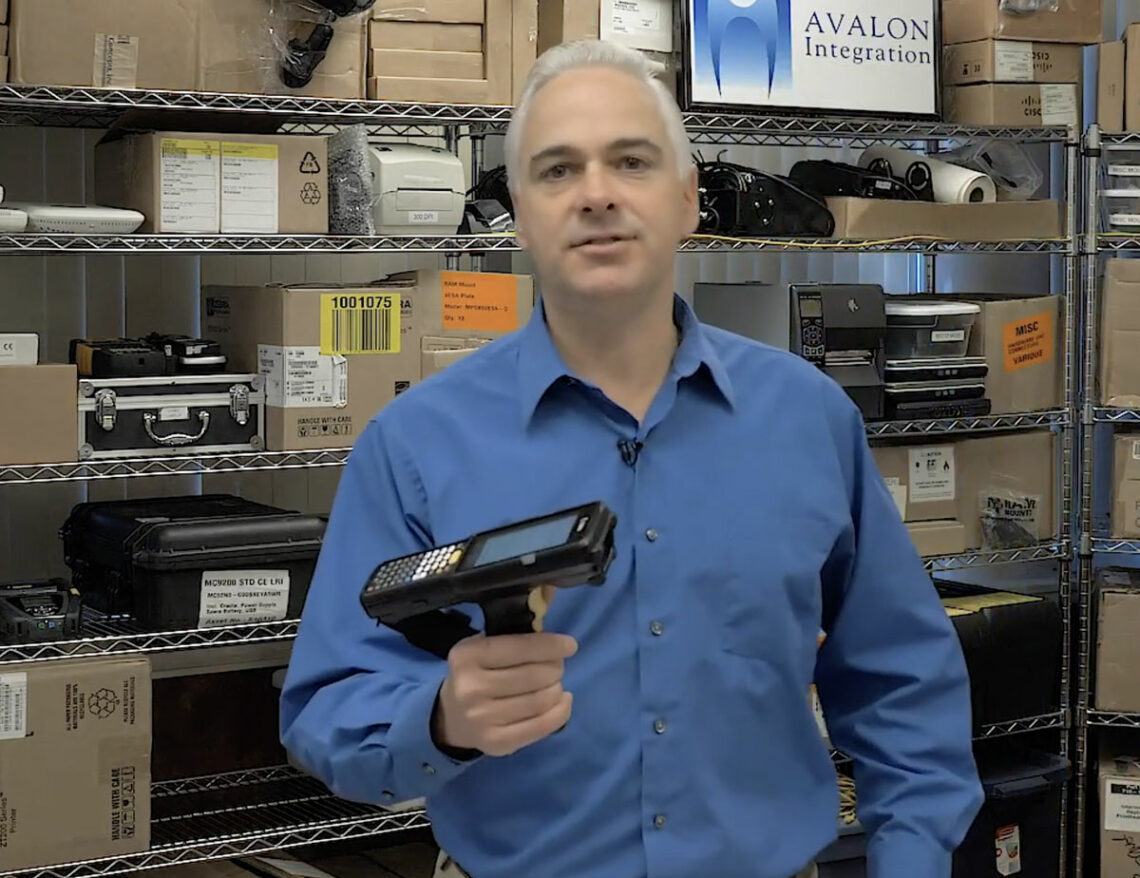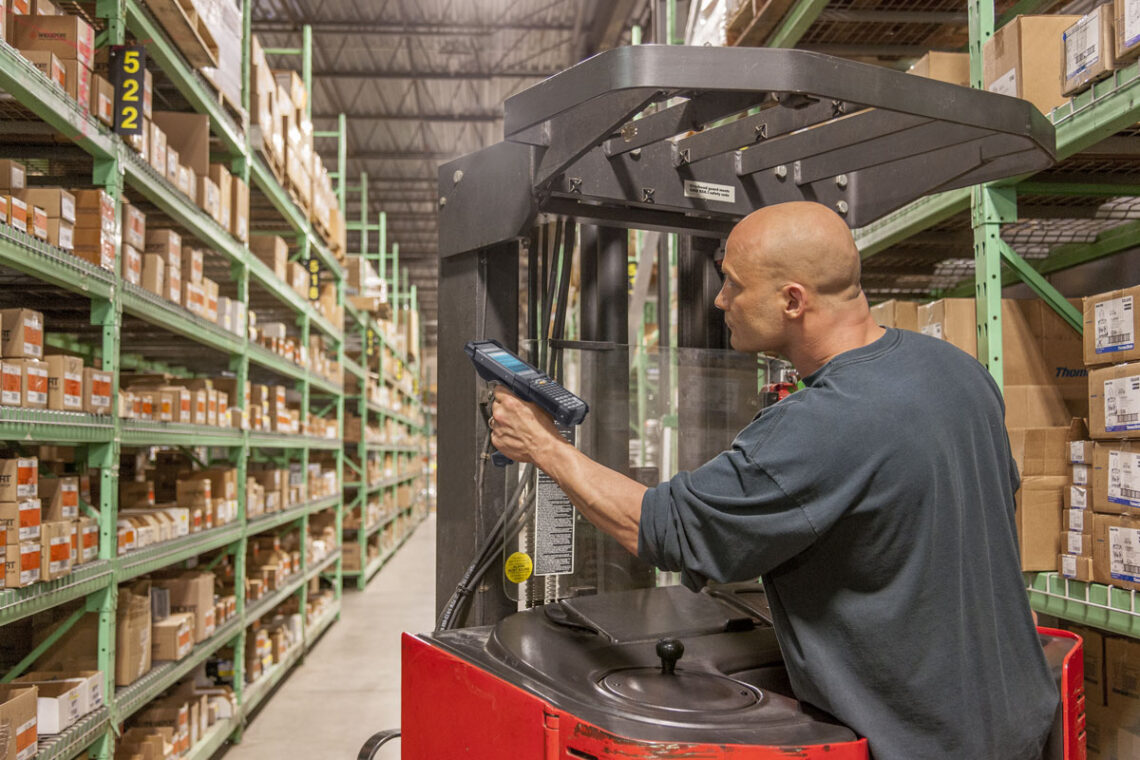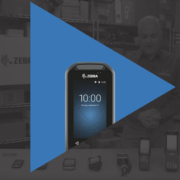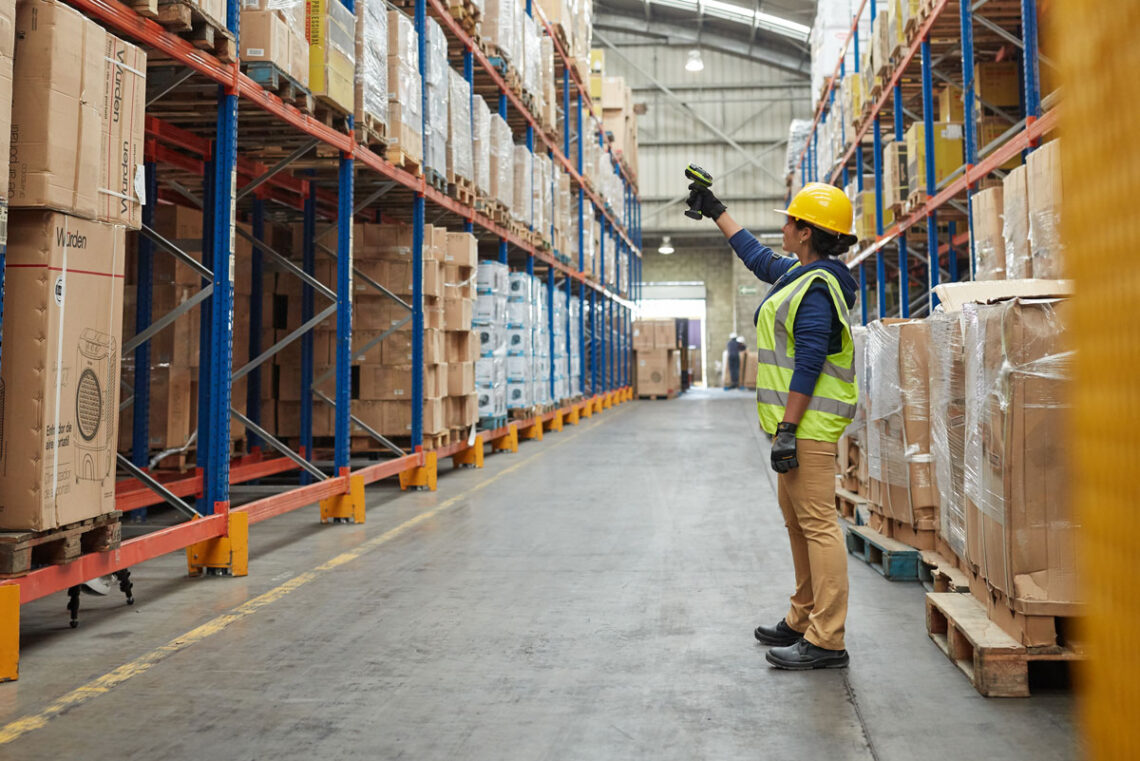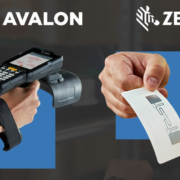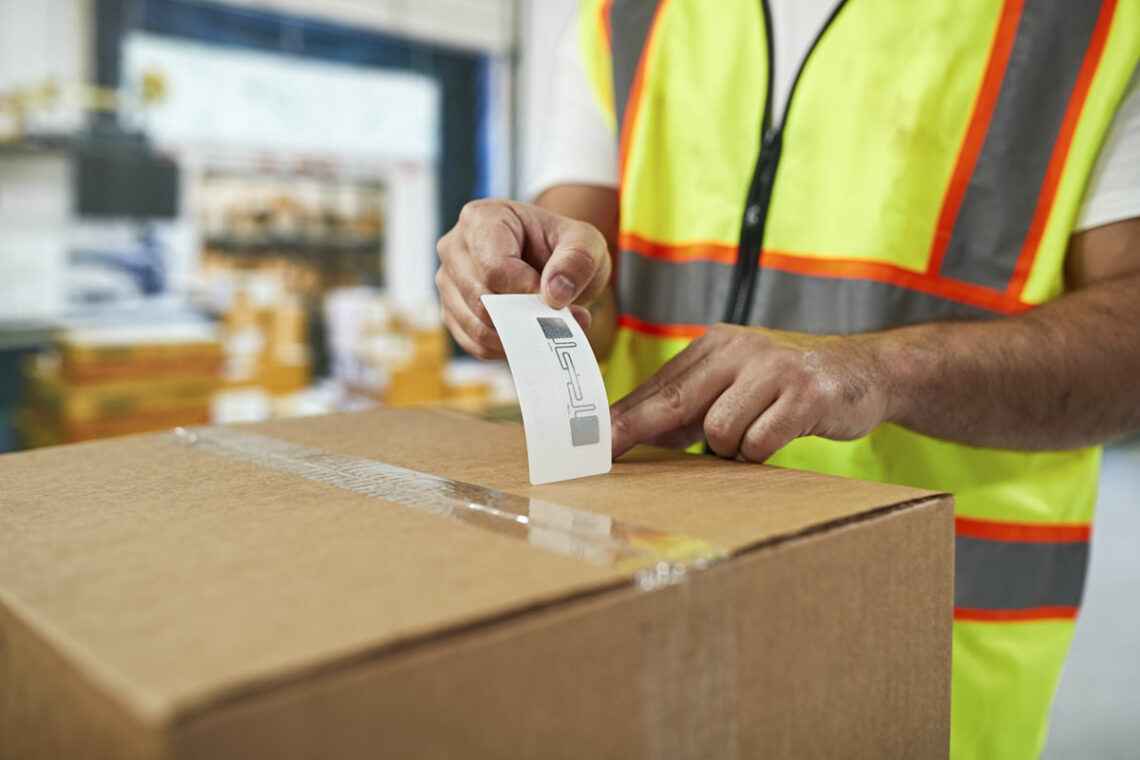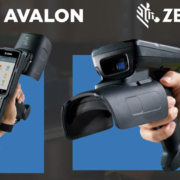In our commitment to our clients’ and partners’ safety, Avalon Integration is closely monitoring the impacts of the coronavirus (COVID-19) outbreak as it’s estimated to disrupt nearly 75% of supply chains nationwide. As the second-largest economic power in the world, aggregating over $14 trillion in GDP, China plays a central role in most order fulfillment and manufacturing processes, and with the viral outbreak, several business impacts may be expected such as:
- Delayed Travel – Because symptoms can take up to two weeks to manifest, several travel bans have gone into effect, impacting common business destinations.
- Halted Production – With less people on the warehouse floor, it is only expected that productivity will slow or stop completely until further notice.
- Social Distancing – To further prevent the spread, many organizations -both in and out of the warehouse- are closing on-site activities, further increasing delays. Quarantines also contribute to this as well.
What happens in Mid-March
While there is no way to concretely predict what will happen within the coming weeks, reports suggest that at least on the business end of this pandemic, companies should expect a spike in halted production by mid-March as the last round of produced goods should have arrived by late-February. For companies who will continue to operate during these times, we would like to share a few key takeaways from the Center of Disease Control and Prevention and our partner, Zebra Technologies.
- If you already have severe or chronic respiratory, consider delaying travels and taking extra precautions to avoid the disease.
- If you currently live in a community that has been affected by COVID-19, and your present symptoms, consider contacting your doctor as soon as possible and staying home.
- For on-site team members, be sure to refer to the User Guide of your handheld devices to make sure proper cleaning and disinfection techniques are followed.
- Whether or not you work directly in healthcare, consider revisiting your cleaning and disinfection strategies to reduce the spread of germs.
Alongside the CDC’s valuable COVID-19 mitigation strategies, Zebra Technologies has also shared prevention insight in their whitepaper, Cleaning and Disinfecting Mobile Devices.
To learn more about how you can best integrate healthy cleaning strategies in your operations, don’t hesitate to contact us.

